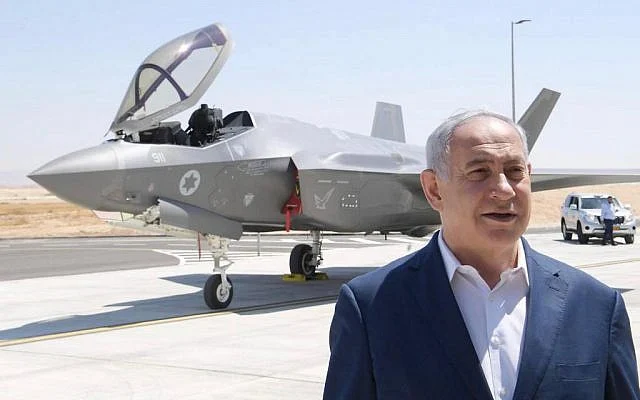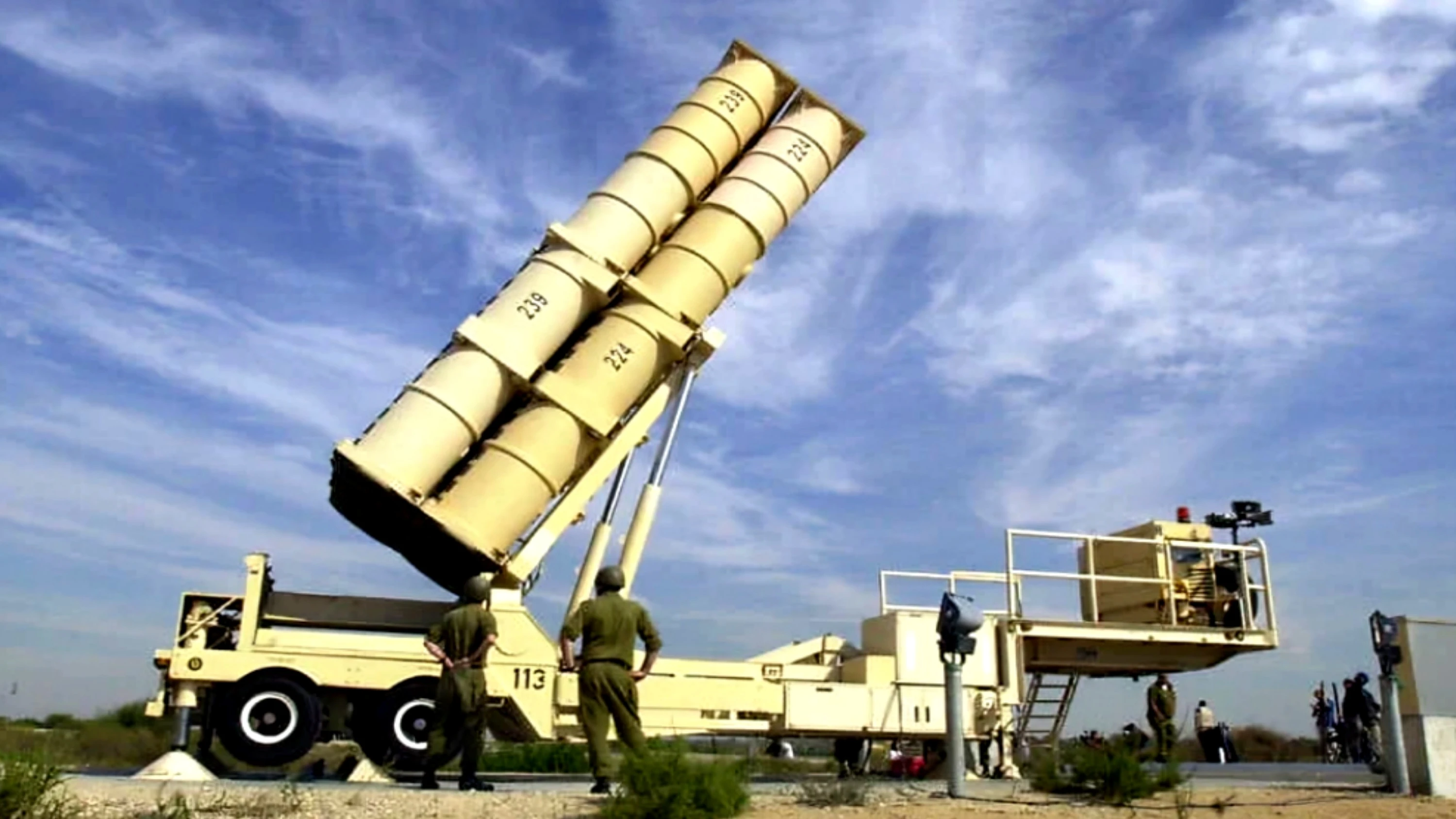Gaza: A tragic scene unfolded in the southern Gaza city of Khan Younis on Tuesday, where at least 59 people were killed and over 220 others wounded after Israeli tanks opened fire on a large crowd of Palestinians desperately seeking food aid. The shelling, confirmed by Israeli military sources as occurring near an aid distribution truck, marks one of the deadliest single incidents since limited aid deliveries resumed in the strip last month.
According to eyewitnesses and medics on the ground, thousands had gathered along the eastern road of Khan Younis, a known aid route, when tanks fired at least two shells into the crowd. Video footage circulating on social media captured the horror that followed—bodies lying mangled in the street, with civilians rushing victims to nearby hospitals in cars, carts, and on foot. “No one is looking at these people with mercy,” said Alaa, a witness at Nasser Hospital, where victims lay sprawled in hallways due to the lack of space. “They’re dying just to feed their children.”
The Israel Defense Forces acknowledged firing in the area and stated that the incident is under investigation. A military spokesperson noted that the crowd had gathered near a truck that had stalled close to IDF troops. While expressing regret over harm to civilians, the IDF emphasized its ongoing efforts to minimize such harm while maintaining troop safety. However, for Gaza’s residents, the pattern of killings near food distribution points has become a devastating norm. Tuesday's event brought the death toll from aid-related incidents since late May to nearly 400, according to Gaza’s health ministry.
This latest tragedy did not occur at one of the controversial Gaza Humanitarian Foundation (GHF) sites—set up by the US and Israel—but rather near a United Nations World Food Programme location. While the GHF claims to have distributed over three million meals at four guarded distribution points without incident, UN officials and Palestinian authorities have criticized the GHF system as unsafe, unaccountable, and a breach of humanitarian neutrality. Israel insists the system is necessary to prevent Hamas from diverting aid—an accusation Hamas continues to deny.
The war, now in its twentieth month, erupted in October 2023 following a Hamas-led attack on Israel that killed 1,200 people and resulted in 251 hostages being taken. Israel’s military response has since killed over 55,000 Palestinians and displaced nearly the entire population of 2.3 million. Food insecurity has reached catastrophic levels, with widespread starvation looming. Against this grim backdrop, Gazans now watch from the rubble as Israel also trades airstrikes with Iran—Hamas’ longtime backer—raising fears of a broader regional war.
While Gaza’s skies remain filled with drones and fighter jets, its streets are crowded with people risking their lives for sacks of flour. In a land already bleeding from war, Tuesday’s massacre stands as yet another symbol of a crisis that has pushed basic human survival into the heart of the battlefield.








